Guest post provided by Chris Ashworth
The Quantity Surveyor (QS) is probably the most ignored influencer by manufacturers. I’m not sure if this is because the sales team don’t understand the role or because they seem to be unpopular within the industry. But they are an important member of the construction Decision Making Unit, and if you engage with them when your competitors do not, you will gain a competitive advantage.
What the Quantity Surveyor wants
The QS is often a key player in the initial feasibility study for a project, providing a ball park cost for the project. It is thus important for the manufacturer that the Quantity Surveyor has the necessary cost for your products, probably including installation. Otherwise, if sufficient budget has not been allowed at this early stage, it will be very difficult to get your product specified later.
Once the project is underway the QS will be involved at various stages of the plan of work:
• Concept Design: review designs and get prices from the market
• Developed Design: prepare detailed costs
• Technical Design: produce bill of quantities
• Construction: ensure specified materials are used
The role of the Quantity Surveyor
Very often the perception is that the QS is just there to reduce costs, and there is an element of truth in this – especially if employed by the project financer to ensure a cost-effective solution. But the QS should also be considering lifetime cost on behalf of the client to ensure they get a value for money solution.
Some confusion about the role of the QS occurs because a person with that qualification can be performing a variety of functions. In addition to representing the client (or lender) they can also be found working for the contractor in an estimating, contracts or project management role as well as various consultancy roles (Sustainability, Health & Safety).
The Quantity Surveying Profession
The QS qualification can either be gained via a quantity surveying degree or through a postgraduate conversion course following any other degree. Surveyors must then pass an Assessment of Professional Competence to become a chartered surveyor and member of their professional body the Royal Institute of Chartered Surveyors (RICS).
In the last league table, published by “Building” in September 2016, the leading quantity surveying practice was Turner & Townsend, employing 583 chartered quantity surveyors, the next in the listing is Aecon with 571 chartered QS. By the 10th ranking the number employed has fallen to 125. So, practices are smaller than architects or engineers.
CPD Seminars
As with so many other professionals, CPD seminars are an important influence. RICS requires its members to complete 20 hours of CPD per year. If the topic is relevant, many CPD seminars developed for architects or engineers will also be suitable for quantity surveyors. Effectiveness can be improved with personalisation of content, perhaps in the form of information about lifetime value or costs.
Competitive Advantage have developed a Quantity Surveyor Persona which is available for you to purchase and download.
Further Information
Promoting your company and building products with Barbour Product Search can help to increase your visibility to the full specification audience. Email editor@barbourproductsearch.info for more information.
Sign up to the Competitive Advantage newsletter for an overview of construction market activity as well as construction sales and marketing advice.
Chris is a specialist in specification strategy and founder of Competitive Advantage Consultancy which specialises in market research and training for the construction industry. He is a member of the BIM4M2 steering group and Deputy Chair of the organising committee for CIMCIG, the Chartered Institute of Marketing’s Construction Industry Group.
Related Blog Articles



![Communicating with specifiers & developing a personalised persona [EVENT] Communicating with specifiers & developing a personalised persona [EVENT]](/20/blogentry/00/04/48/th382.png)

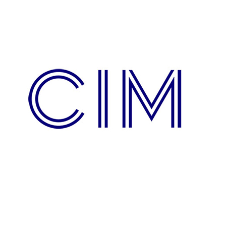

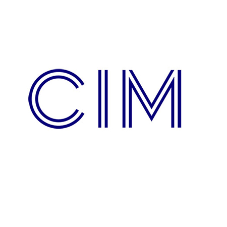
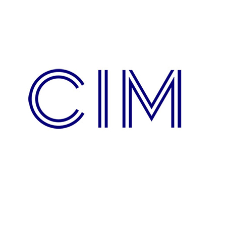
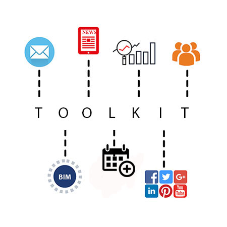
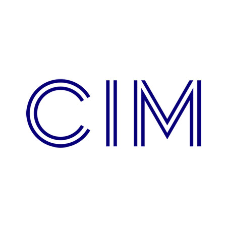
![A strategy for communicating with specifiers [EVENT] A strategy for communicating with specifiers [EVENT]](/20/blogentry/00/03/82/th382.png)